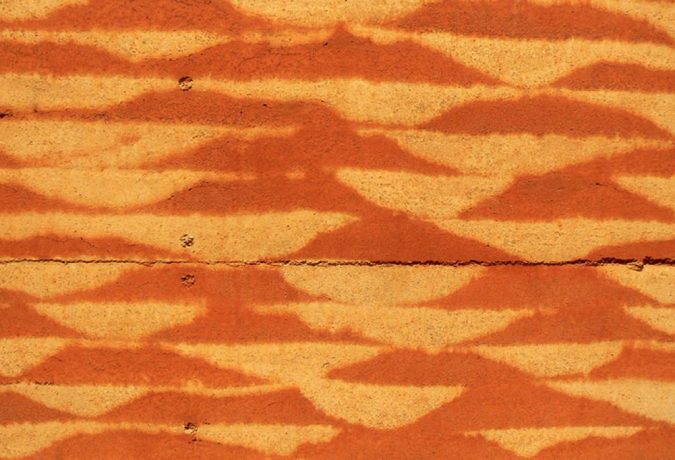 Rammed earth
Rammed earth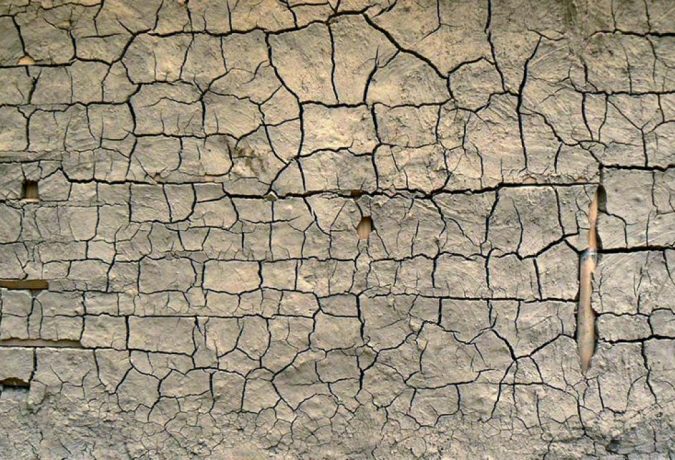 Wattle and daub
Wattle and daub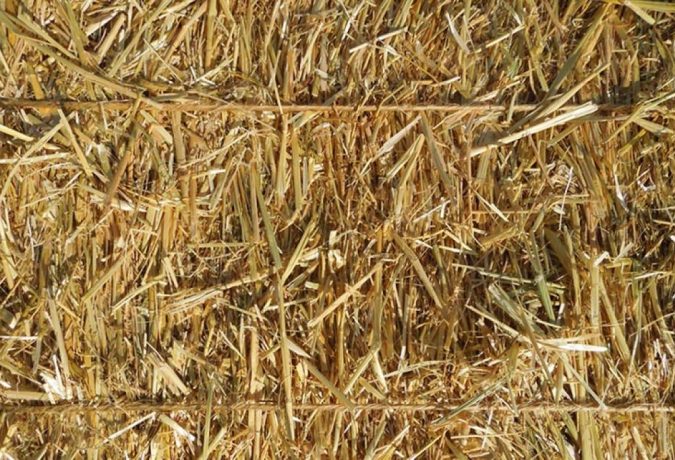 Straw bales
Straw bales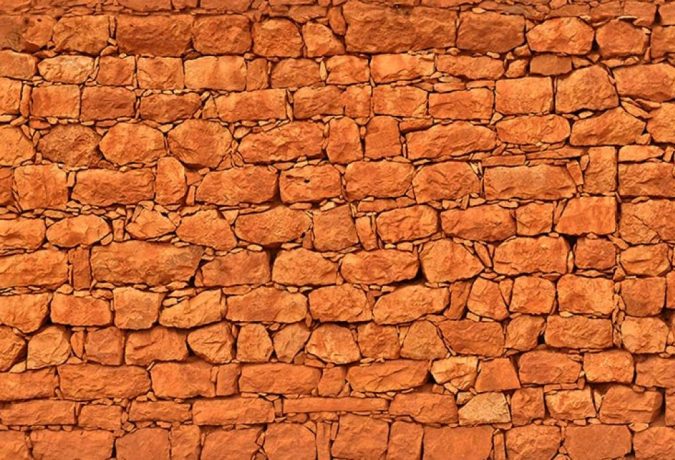 Dry-stacked rubble stone masonry
Dry-stacked rubble stone masonry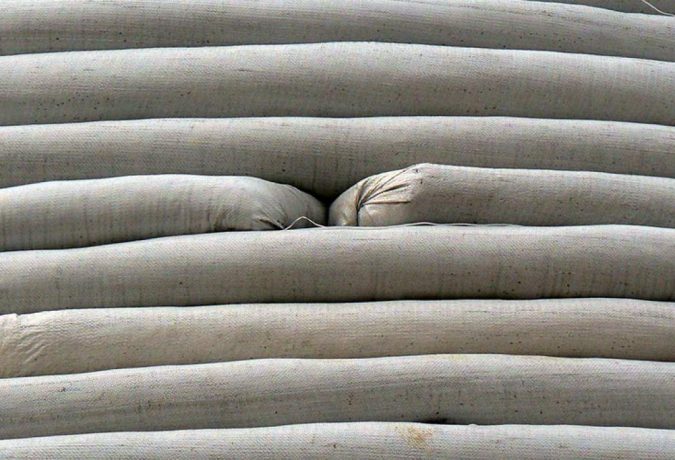 Superadobe
Superadobe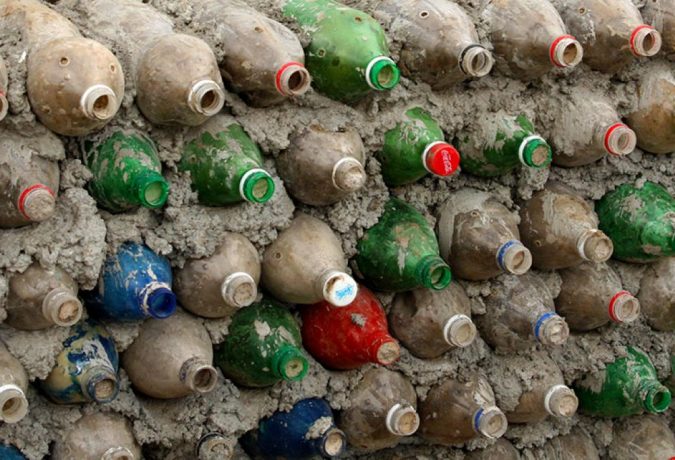 Plastic bottles
Plastic bottles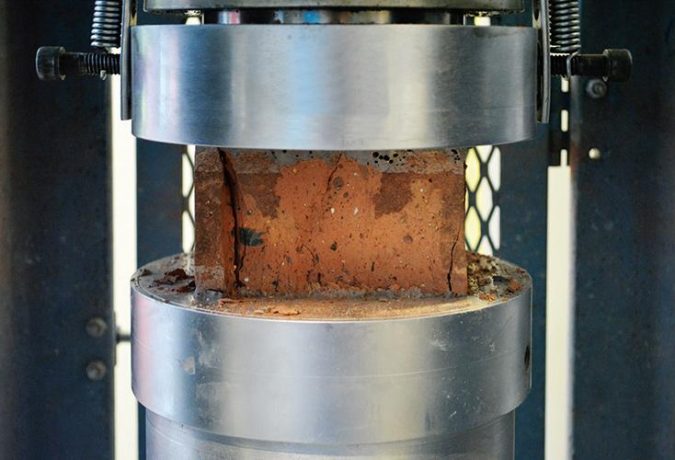 Compression test
Compression test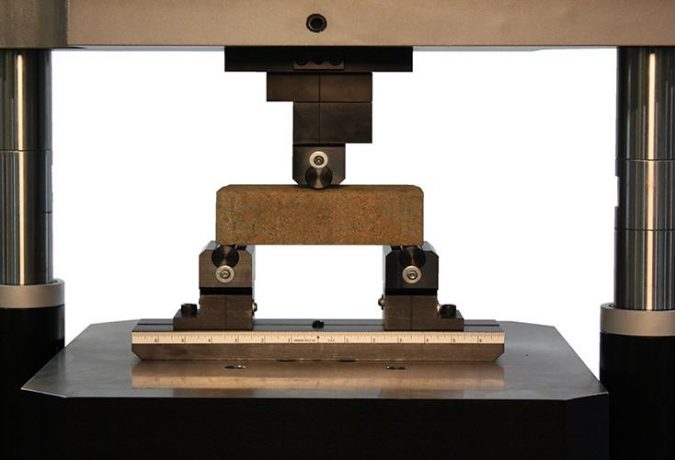 Bending test
Bending test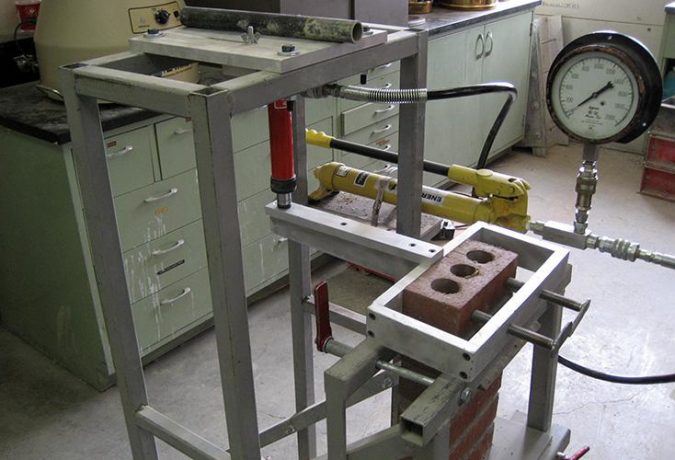 Bond wrench test
Bond wrench test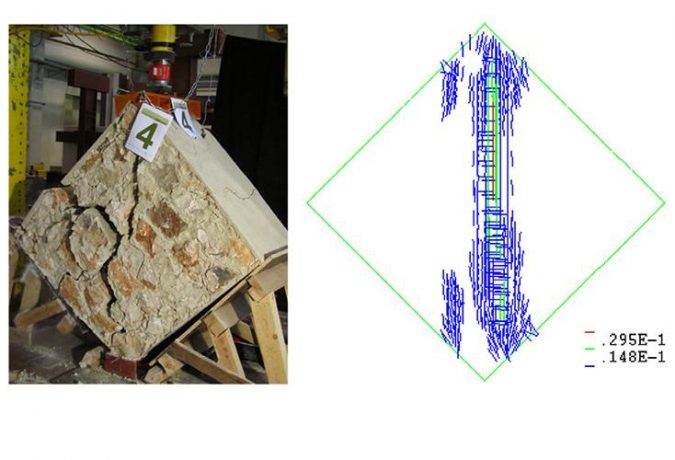 Diagonal compression test
Diagonal compression test
This is a KEY assignment where all disciplines come together. Open for students and professionals of Architecture and Building Science, as well as for Structural and Earthquake Engineering, as well as for Mechanical and Product Engineering. Send us an email to request the full assignment sheet via this link.
2015 – 2016: Jazmine Brown, University of San Francisco
The knowledge of how conventional techniques behave in earthquakes is quite high and such techniques have been tested thoroughly. Brick masonry walls and concrete structures can be calculated, because the material properties are well known. We can even make quite elaborate computer models of such engineered structures.
This however is not the case for most traditional, natural and alternative materials. As most of these techniques are in a highly experimental stage, we hardly know anything about their material properties.
Firstly, we want to have a better understanding of the material properties of traditional techniques, which are often built with natural materials; such as wood, earth, stone and bamboo. These techniques generally include uncertainties and variables such as material inconsistency and workmanship, which we somehow must take into account.
Secondly, we need to know much more about the characteristics of alternative techniques and unconventional solutions. Recycling of materials is very popular now, for example building with plastic bottles, compressed blocks of plastics, car tires and earth bags. But how can we determine the compression of a bottle, or the flexibility of a straw bale?
On the more detailed level, we need to figure out a way to quantify combinations of materials. Imagine a rubble stone wall that contains several stone sizes, perhaps with different hardness, held together with inconsistent mud mortar. The amount of information and different parameters we need will be high and complicated to determine.
For example, for modelling of a confined masonry building with bricks, mortar, horizontal bands and vertical steel reinforcements, we may need to research geometry; brick elastic modulus, Poisson’s ratio, elastic and shear modulus of the joints, static and dynamic friction coefficients, displacement values, fragility curves…
To obtain this necessary data, we need to subject a large number of material specimens to a whole range of compression, bending, stress and shear tests, to name a few. Basically we must extract and determine whatever is needed for calculating and seismic modelling of non- and semi-engineered techniques.
Besides lab tests, we have to develop tools and devices for testing the material properties on-site. This will work in two ways; One is for obtaining input about local material properties that we need for our calculations. The other is to enable the builders in the field to test and purchase good quality materials on the spot.
The mechanical and product engineers must work closely together with the other disciplines, to understand the needs from the labs and from the field. See more about this particular assignments here.
